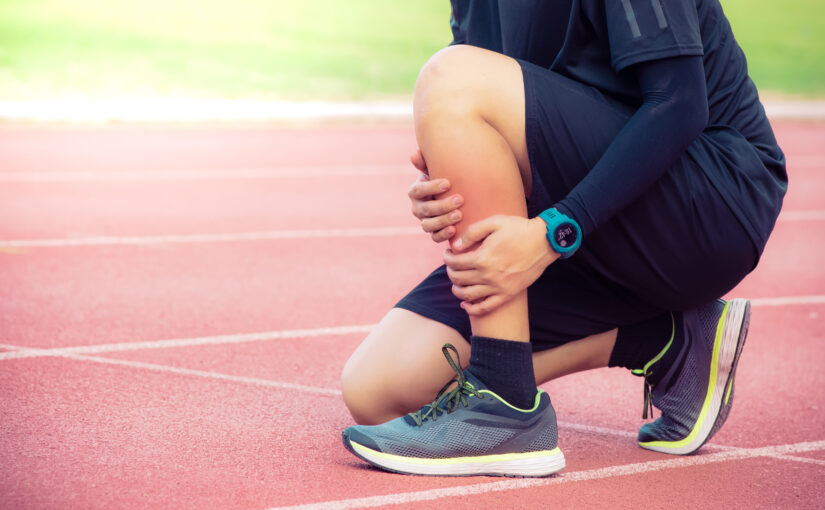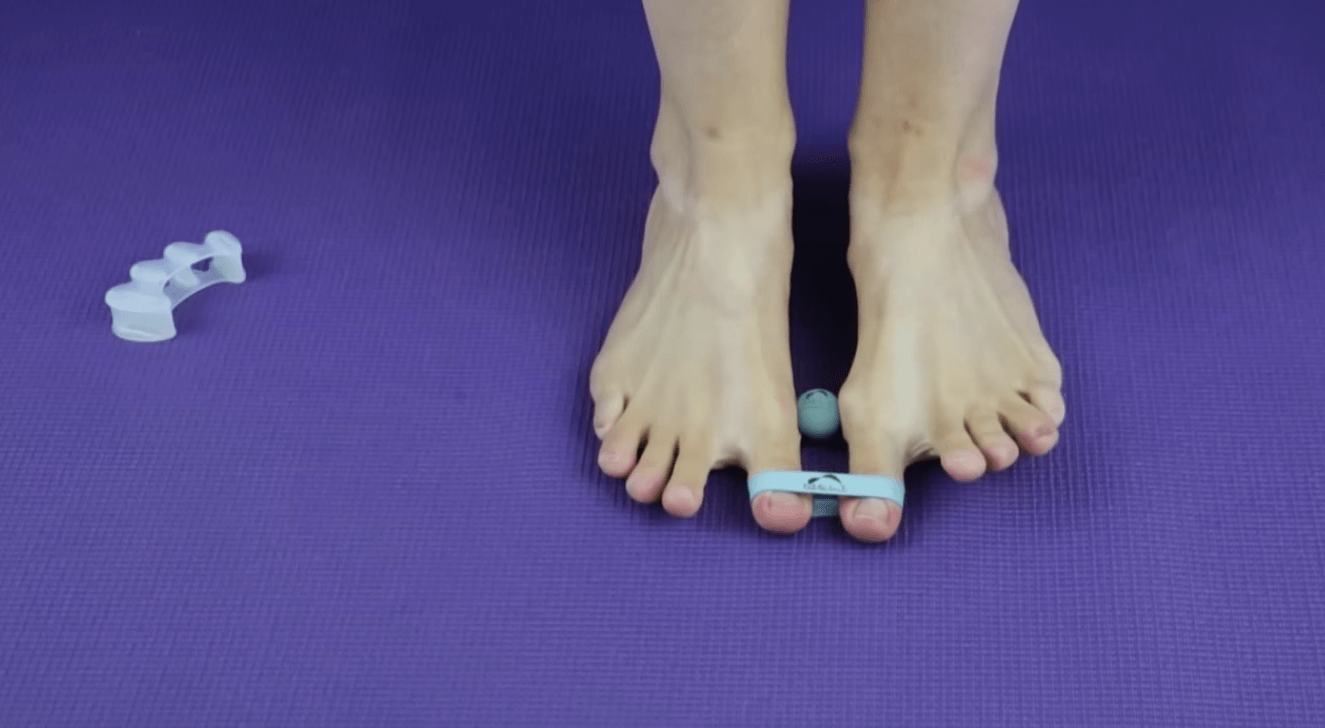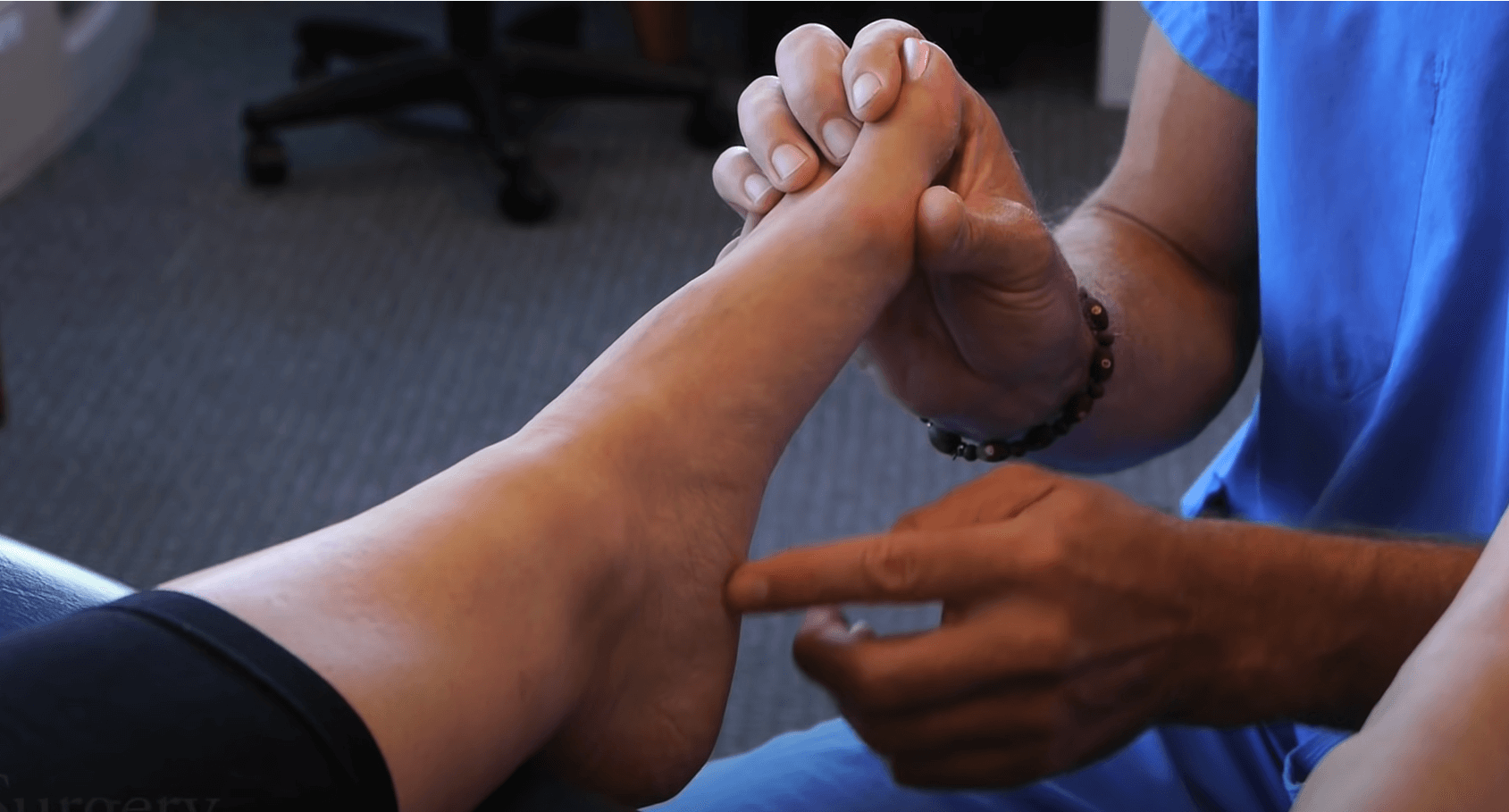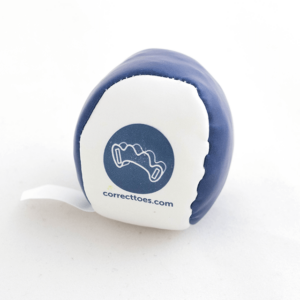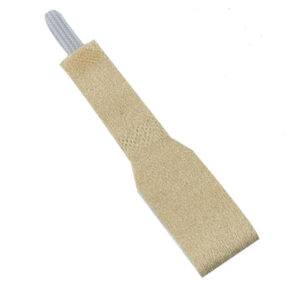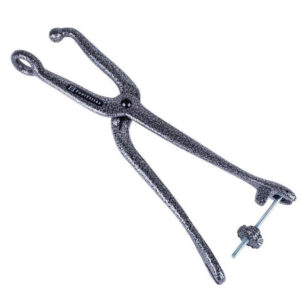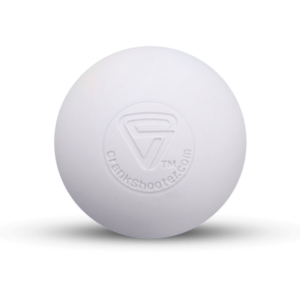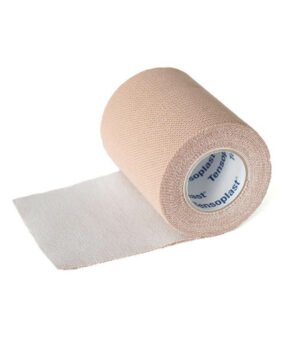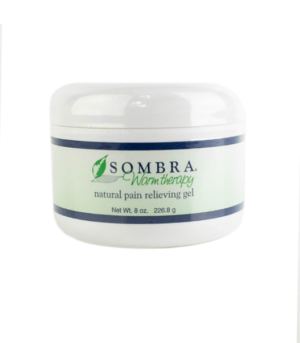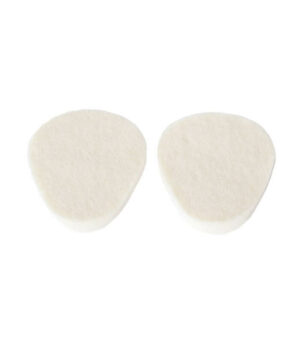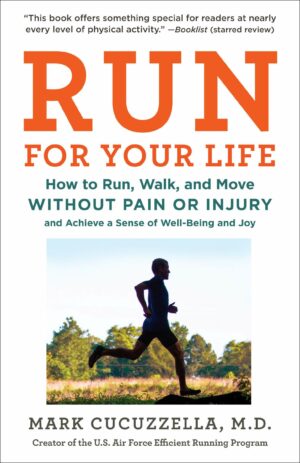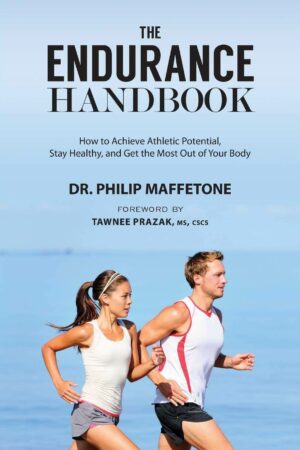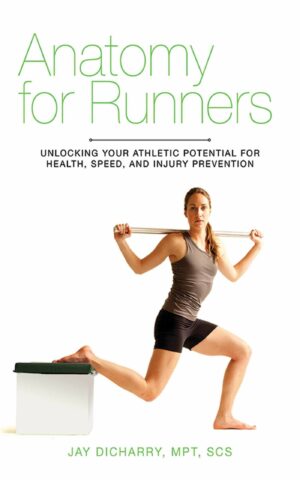SHIN SPLINTS
Shin splints, sometimes called medial tibial stress syndrome (MTSS) or tibial periostitis/fasciitis, are one of the most common lower leg injuries seen in athletics. Shin splint pain typically radiates along the medial and posterior edges of the shin bone (tibia) and is often associated with a sudden significant increase in activity, such as initiating a new training regimen or playing a new sport. Often the pain is first felt during the beginning of the activity and then subsides as the activity progresses, only to return hours to days later with a vengeance. Shin splints are reported most often by those who experienced chronic repetitive stresses to the lower legs, such as runners, dancers, soccer players, military, etc. Similarly to many pains of the foot and lower leg, the cause of shin splint pain is multifaceted but mostly the result of biomechanical issues and muscle imbalances that stem from a general lack of use. Additionally, most shoes have become so supportive and protective to the point that our feet have become weakened and hyper-sensitive as a result. Inflammation to the periosteum—a vascularized, innervated tissue that covers bones and joints—arises from friction, rotation and torque along this membrane during activity. Shin splints, however, are still more a symptom of an underlying musculoskeletal or movement problem, rather than a true medical condition in and of itself.
RECENT RESEARCH
A recent study published by Mattock, et al. in the Journal of Foot and Ankle Research just last month (July 2021) observed that people experiencing shin splints were found to have both structural and functional changes to several muscles of the lower leg when compared to their asymptomatic counterparts. According to this study, those with shin splint pains were found to have significantly smaller flexor hallucis longus and smaller soleus muscles, but a larger lateral gastrocnemius. Additionally, symptomatic individuals also displayed statistically significant deficits in strength (measured by dynamometer) of the flexor hallucis longus, soleus, tibialis anterior and peroneal muscles, as well as a reduced ankle plantar flexor endurance capacity (a single leg heel raise protocol with participants attempting to perform as many single leg heel raises as possible). Of course, this study only highlights correlation, not causation; but it is another important piece to the puzzle.
WHAT CAUSES SHIN SPLINTS?
Generally speaking, there are two simplified ways in which muscles become deconditioned from lack of use. If a muscle is chronically held in a contracted position, that muscle will likely become short, tight and knotty. If a muscle is chronically held in a lengthened position, that muscle becomes elongated, lax and ropey. In both cases the muscles become weakened and are unable to provide the natural support and flexibility necessary to function at a high level, pain free.
We’re already aware of how fashion footwear can affect the shape and strength of certain muscles and tendons. Injurious footwear featuring a rigid toe spring, tapered toe box, and an elevated heel will hold the toes and forefoot in an extended elevated position. This position both overstretches and inhibits the flexor muscles on the bottom of the foot from functioning properly, causing the flexor hallucis longus and flexor digitorum longus muscles (which attach at the mid-tibia and -fibula down to the tips of the toes, running deep to the gastrocnemius and soleus) to become long and weak—a finding similarly reported in the research done by Mattock, et al.
Chronically wearing and exercising in footwear featuring a heel elevation also has the unfavorable consequence of shortening and stiffening the calf and Achilles tendon. The gastrocnemius and soleus muscles together form the bulk of the calf muscle, combining (also with the plantaris muscle) to attach on the calcaneus (heel bone) forming the Achilles tendon. The gastrocnemius is the most superficial calf muscle and crosses both the ankle and knee joints. It’s a powerful muscle that does a fine job of grossly plantarflexing the ankle and flexing the knee, as well as encompassing the rest of the posterior leg compartment under its sheath-like hood—but it is the soleus that more so exudes the finer motor control portion of plantarflexing the ankle; including stabilizing the ankle and appropriately receiving the ground when in motion, especially when forefoot striking. The soleus is also more prominently used to stabilize the lower leg when standing. However, footwear with built-in support “technologies” like artificial arch support, a wide-flaring outsole and rigid heel counter can over-stabilize the ankle to the point that other important stabilizing muscles like the soleus become neglected and ultimately weaken. When the soleus weakens, we commonly see the lower leg compensate by relying more on the gastrocnemius. This scenario is also reflected in the research by Mattock, et al., where we see a significant decrease in both size and strength of the soleus paired with an increase in gastrocnemius size.
“The human foot is a masterpiece of engineering and work of art.” – Leonardo Da Vinci
ARCHES, CUSHIONING & IMPACT FORCES
The three main arches of the foot are magnificently designed, take it from Da Vinci. These strong yet mobile arches can bear immense weight and withstand substantial impact forces when they’re appropriately utilized. Arch mobility and strength also help us balance by allowing the feet to make a plethora of tiny adjustments at any moment to match any terrain.
Footwear which artificially props up and “supports” the medial longitudinal arch actually prevents the arch from doing its job: receiving the ground as the foot pronates and transferring that energy into the next step. Instead, overly supportive footwear with thick cushioned outsoles mask the foot’s initial impact forces—bypassing the foot’s arches—but still allowing those forces to travel upstream into the shins, eventually to the knees, hips and low back. Additionally, many cushioned running shoes with elevated heels make heel striking comfortable by slowing the rate of loading, but this does not eliminate the impact forces. On the contrary, studies show that heel striking while running produces forces up to 3 times your bodyweight (7 times more impact force than experienced by forefoot strikers). For most people this can mean anywhere from 450-650 lbs. of force every single step! These impacts add up, since you strike the ground almost 1000 times per mile! When your foot and ankle are unable to adequately absorb and dissipate these forces they travel next through the tibia and fibula. Daniel Leiberman of Harvard Barefoot Running describes this heel-striking transfer of energy with an analogy of dropping a metal rod vertically on its end—the rod comes to a sudden, loud and jarring stop. It may seem counterintuitive to suggest less cushioning when considering forces of this magnitude; however, what happens with less cushioning is humans tend to naturally shift their running form towards biomechanically protecting their heel with more of a forefoot and/or midfoot strike. This running style is also commonly seen in cultures that are habitually unshod or typically wear only thin sandals as footwear, which highlights, perhaps, an ancient natural wisdom.
TREATMENT APPROACHES
While shin splints are more often experienced as a nagging pain, if left untreated they can progress towards debilitating pains and even stress fractures of the tibia. The first—and most obvious—approach to shin splints is to simply rest. Time heals and most cases of shin splint pain will resolve within hours to days after the triggering event. Ice and anti-inflammatories can help with immediate pain, but can carry a steep cost by reducing and delaying any healing response—which is what the inflammatory process actually is. Certain medical websites and running advice resources will suggest targeting the inflammatory response instead of targeting what is triggering the inflammatory response (tight muscles pulling on the periosteum and weak muscles unable to support the bone and joints), which is a very short-sighted way to approach chronic pain problems. We suggest briefly using ice for short bouts of acute inflammation following activity (only when needed), and utilizing heat to stimulate blood flow and a healing response during asymptomatic periods for a more nuanced long-term approach to chronic recurring shin splint pain.
Conventional podiatrists might also suggest stiff orthotics or other supportive cushioned inserts to help remedy shin splints. These devices might help with pain and comfort in the immediate short-term, but will ultimately weaken the muscles of the foot and lower leg, eventually leading to worsening symptoms.
The natural approach to rehabbing shin splints includes an active recovery and should be approached slowly, thoughtfully, and progressively. Once pain has subsided, stay active by cross-training and doing low-impact activities like cycling and swimming, while also regularly doing exercises (examples below) that target muscles in the foot and lower leg. These exercises are designed to mobilize and strengthen the muscles associated with shin splint pain:
- 1. Lengthen the top of the foot and front of the leg → unlocks/releases extensor dominance and allows flexors begin shortening and strengthening.
- –Toe extensor stretch.
- – Advanced: kneeling tibialis anterior stretch.
- – Also try rolling bottom of foot on lacrosse ball and/or using a metatarsal pad
- 2. Shorten and strengthen flexor muscles in bottom of foot and lower leg.
- – Toe yoga – for toe mobilization and dexterity.
- – Toe presses – strengthens flexors.
- – Toe curls – strengthens flexors.
- – Short foot – strengthens arch muscles.
- 3. Lengthen and strengthen soleus muscles. The gastrocnemius crosses both the ankle and the knee joints, while the soleus only crosses the ankle joint. So to engage more of the soleus and less of the gastrocnemius, soleus exercises are performed with the knees bent.
- a. Soleus stretch. Simply only wearing zero-drop shoes or barefoot will help reset your calf muscle length, but stretching can help accelerate the process.
- b. Soleus strengthening.
- 4. Strengthen peroneal muscles.
- – Calf raises that supinate/invert the ankle and roll onto outside of foot
- 5. Barefoot walking is a total foot workout that engages all of the muscles of the lower limb; however, it’s important to start low and go slow. Weak muscles and hyper-sensitive feet can overwhelm inexperienced barefoot walkers shockingly quickly.
- – Advanced: barefoot running.
Walking Barefoot While Carrying Running Shoes
Once running, hiking, and moving again, it is generally wise to increase mileage and intensity by about 10% per week. If shin pain returns, take a couple days to rest, then mobilize and strengthen again before continuing on your path. If shin pain persists, contact a medical professional. The information contained in the post is for educational purposes only. If you are experiencing shin splints or similar pain, please seek medical advice before initiating any treatment regimens.
Written by: Dr. Andrew Wojciechowski, ND
If you’re seeking more individualized foot health care and would like to work with Dr. Andrew directly, you can schedule at Northwest Foot and Ankle.
Schedule a virtual remote consultation with Dr. Andrew Wojciechowksi, ND.
Schedule an in-person appointment with Dr. Andrew Wojciechowski, ND at Northwest Foot & Ankle in Portland, OR.


